The Ever-Evolving Battle for Syria
Christopher Phillips—
The acrimonious breakdown of the latest Syrian ceasefire and the renewed assault on Eastern Aleppo serve as reminders that Syria’s highly internationalized civil war seems unlikely to be resolved any time soon. The conflict originated in a largely peaceful uprising against President Bashar al-Assad that turned violent in the face of regime brutality. However, external conditions shaped the character of the conflict from the start, and leading states greatly influenced both sides—most notably, the U.S., Russia, Iran, Saudi Arabia, Turkey and Qatar. Yet these external players viewed the crisis not in isolation but rather through the lens of their wider regional goals, and their different priorities in Syria have shifted over time. For them, Syria is one battle of several as part of a wider regional struggle.
The conflict has been prolonged for a variety of reasons, both domestic and international, but the changing goals of the external protagonists are often overlooked. David Cunningham, an expert on civil wars, has argued that the more external actors are involved, the longer civil wars last. With few hurting significantly as a result of their involvement, these actors rarely withdraw until their independent agendas are met; and the more agendas in play, the more difficult for any resolution to satisfy all players. If these agendas shift over time, resolution becomes even more difficult. Instead, the players act as “resolution blockers” prolonging the war. In Syria, feeding into the mixed agendas of the various domestic players, the six key external players have contributed six further agendas, none of which have remained static over the course of the conflict.
Turkey’s stance, for example, has clearly evolved. In 2011 Ankara very publicly turned on its former ally Assad, sponsoring the political and armed opposition. In 2011 Prime Minister Recep Tayyip Erdogan hoped regime change in Syria would boost Turkey’s regional leadership by bringing to power a friendly, popular government, ideally involving his ally the Muslim Brotherhood. Yet the opposition did not topple Assad, and new threats to Turkey emerged in Syria in the form of ISIS and the PYD, allied to the Turkish Kurdish separatists, the PKK. This prompted a recent shift by Erdogan, now president, sending a detachment of tanks to support rebels in Syria, not against Assad, but to remove both ISIS and the PYD from a stretch of Turkey’s border. Talk of regional leadership has now evaporated, and there are suggestions that a recent détente with Russia, a key Assad ally, will see Turkey soften its stance against Damascus. Turkey played a major role in backing anti-Assad forces, but ultimately prioritized its own interests after the rebels didn’t deliver the swift victory Ankara hoped.
Turkey’s close ally Qatar also backed the armed and political opposition early on in the war in hopes that their victory would boost Doha’s regional clout. Yet developments elsewhere—the toppling of its Muslim Brotherhood allies in Egypt in 2013, a change of leadership in Doha, and a public relations campaign led by regional rivals Saudi Arabia and the UAE linking Qatar to Al-Qaeda—prompted a more backseat role in Syria after 2014. Saudi Arabia, in contrast, was initially more cautious in Syria but became a lead opposition backer after it wrestled leadership from Qatar in 2013. Seeing the defeat of Assad as a means to weaken Damascus’ ally and Riyadh’s bête noir, Iran, Saudi increased financial and armed support for the rebels in 2015 as part of a more assertive regional policy ushered in by the new king, Salman, and his ambitious son, defense Minister Mohammad Bin Salman. But another component of this shift, a protracted intervention in Yemen’s civil war against another of Tehran’s allies, the Houthis, has become the greatest priority for Riyadh, possibly checking Saudi ambitions to escalate further in Syria.
As the conflict has ebbed and flowed, the United States’ priorities in Syria have fluctuated even more than those of its regional allies. At different times Washington has sought to topple the Assad regime, support democratic aspirations, contain the conflict, resolve the conflict, prevent the proliferation and use of chemical weapons, prevent the growth and success of jihadist groups, and minimize humanitarian suffering. Overarching these multiple (and often contradictory) aims is Barack Obama’s desire to avoid wading into what he saw as another Middle Eastern quagmire after the failures of Iraq and a commitment to keep U.S. “boots on the ground” to a minimum. The result has been a sometimes confused and distant approach to Syria that has frustrated Washington’s regional allies and many in the Syrian opposition. Yet the U.S., like its regional allies, has consistently seen Syria through a wider lens. It eventually intervened against ISIS rather than Assad because the former posed an immediate threat to Washington’s interests, both in Iraq and globally, in a way that the Syrian dictator did not. Similarly, its engagement with Russia over Syria cannot be divorced from its wider concerns over Putin’s activities in Ukraine and beyond.
It might be argued that Assad’s main state backers, Iran and Russia, have benefited from having clearer polices in Syria from the start: to preserve Assad’s regime. This is partly true, although both have shifted their strategies within this wider goal. Iran sees Syria as a historic partner—a strategic link with its Lebanese ally Hezbollah and a defensive buffer for its newly acquired assets in Iraq. However, when it became clear that Assad’s military was incapable of defending and retaining the whole of Syria, Iran prioritized the areas of Syria vital to keeping Hezbollah well supplied: the route from Damascus airport to Lebanon and the border regions of Qalamoun and Hermel. It also helped Syria build a new militia force, the National Defense Forces (NDF), partly as a backup to protect Iranian interests should Assad and his military collapse.
Russia also diverted its support towards key strategic locations, but different to those favored by Iran. When Moscow sent a sizable military force to support Assad in September 2015, it focused on the coastal region where Russia had long had a naval base. Unlike Iran, it favored working with Assad’s existing military over the pro-Iranian NDF. But Russia’s goals have also changed over time. In 2011-14, Moscow offered Assad diplomatic and financial support primarily as a defensive measure, fearing that the toppling of its ally would represent a geo-strategic victory for the U.S. and its regional allies. Yet after 2014, in line with President Vladimir Putin’s more aggressive stance in Ukraine, Russia opportunistically adopted a more offensive stance, hoping that military support for Assad would boost its regional and global credentials as an alternative superpower to Washington. It also genuinely feared the rise of ISIS given the links between radicals in the Syrian opposition and Russian Jihadists.
What is clear from this survey of evolving interests is that none of these external actors have ever prioritized ending the conflict, or minimizing the suffering of the Syrian people over their broader regional aims. All have committed considerable political and often economic and military capital to the war, but none (with the possible exception of Qatar) have been hurt enough to cut their losses. All in their own way are now “resolution blockers,” determined to ensure that they get a favorable outcome in the war, and willing to continue backing Syrian allies until they get one. Yet with so many actors still involved, and with their goals constantly evolving according to wider regional developments, it will be difficult for any resolution to persuade enough to cease their involvement.
Christopher Phillips is senior lecturer, International Relations of the Middle East, Queen Mary University of London, and associate fellow, Chatham House Middle East and North Africa Programme, where he founded the Syria and Its Neighbours Policy Initiative. He lives in London.

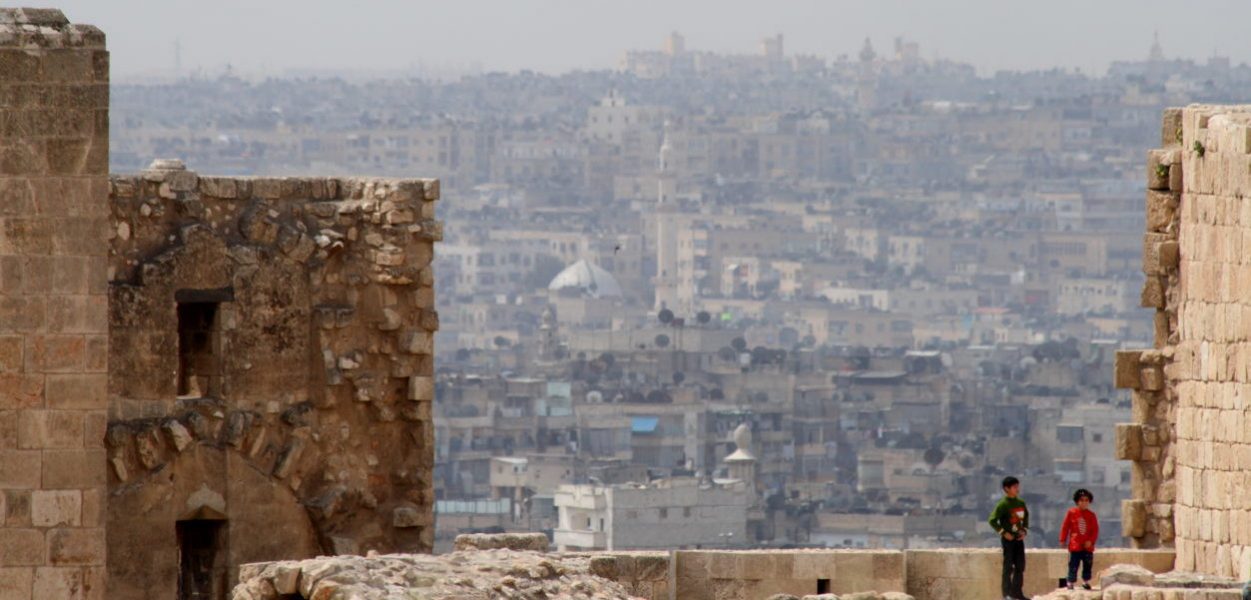
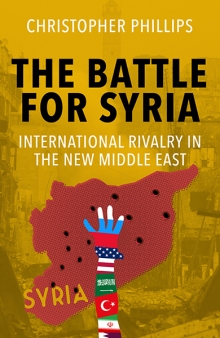
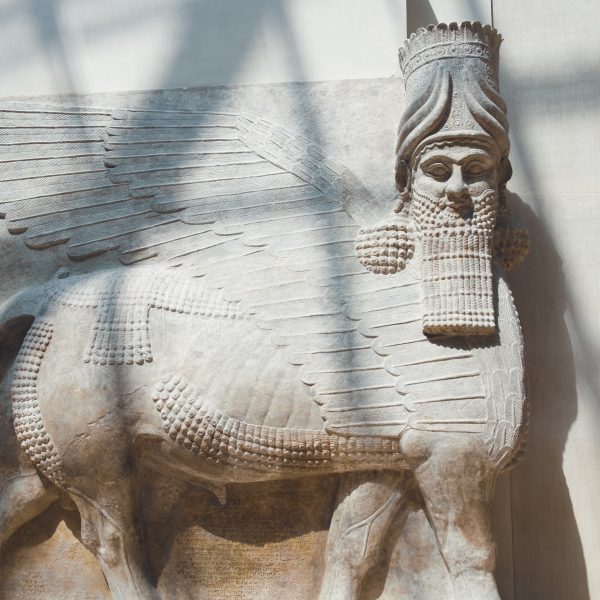
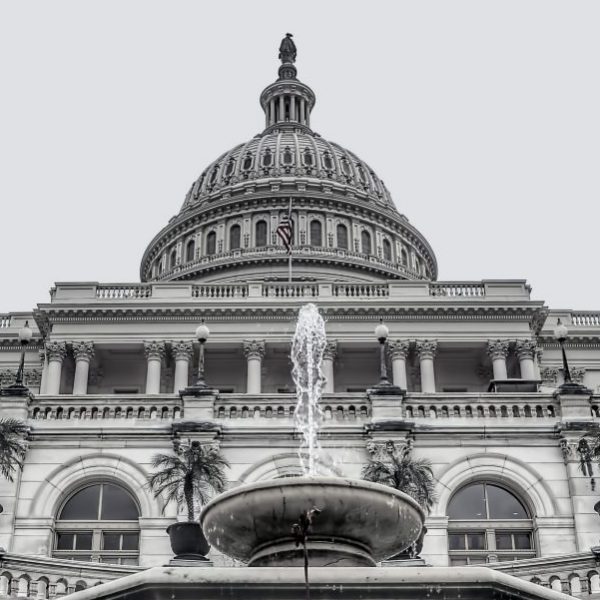
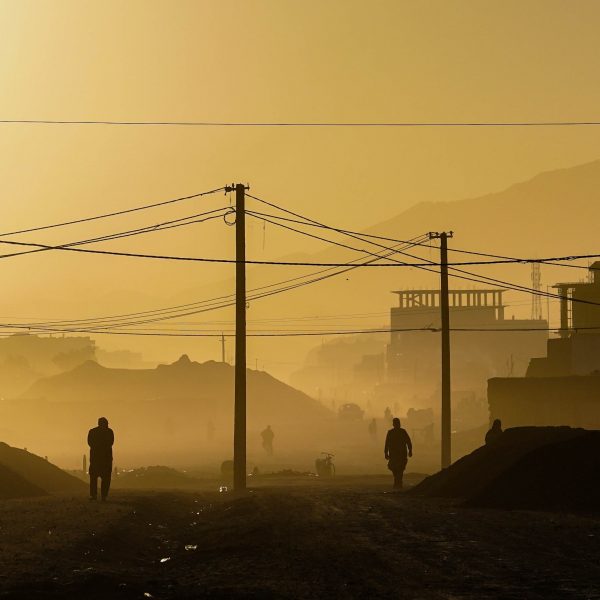
It is convincing enough to assume that there exists post-American Middle East which creates a kind of power (geo-political) vacuum to entice Russia, Iran, Saudi Arabia, Qatar, and Turkey into competing with the dwindling influence of the United States (US) in the Middle East; the battle for Syria is one such example where external forces are contending for dictating their terms. This is the central idea of Christopher Phillips’ book, “The battle for Syria: International rivalry in the new Middle East”, published by Yale University Press in 2016. Phillips is senior lecturer in the international relations of the Middle East at Queen Mary University of London and associate fellow at Chatham House’s Middle East and North Africa Programme. This opinion piece intends to discuss certain ideas of Phillips expressed in the book.
In the post-Cold war era, Syria has been enjoying an interesting combination of dynasty and socialism, led by President Bashar al-Assad, who belongs to Shia Alawi minority tribe (12% of the population) ruling over the Sunni Arab majority (65%). After December 17, 2010, when Mohamed Bouazizi immolated himself in Tunisia and sparked the Arab Spring of awakening, Deraa was the first Syrian city where anti-Assad slogans were heard from teenagers in early March 2011. The latent period of two and a half months was enough to let the Syrian regime brace the challenge.
On page 48, Phillips writes: “[I]t is quite possible that Syrians would have remained largely passive were it not for the trigger of the Arab Spring, which served as both an inspiration and a guide…Technology helped facilitate protest…It took days and weeks for Syrians and the world to learn about the Hama massacre in [February] 1982 [to quell the revolt of the Muslim Brotherhood], but in 2011 technology [e.g. internet, satellite television, Smartphone, social media and al-Jazeera] allowed instant information.” Here, whereas Phillips says that the presence or absence of technology to spread information makes a difference between the reaction of people to incidents in 1982 and 2011, he does not mention the significance of the authenticity of information to be spread through technology. Ironically, Phillips does not value the role of Wikileaks for giving people access to the raw truth – and not disinformation – spread through the prevailing technology in Tunisia leading to the Arab Spring in 2011. In the bibliography section, only one reference about Wikileaks – and that is related to “Ankara’s new foreign policy” – is found on page 288. Perhaps, Phillips does not appreciate that, more than technology, the difference lies in the legitimacy of information being bandied about, and that the revelation of information through Wikileaks became the immediate reason for the making of the Arab Spring.
Phillips differentiates between uprising and civil war in Syria but considers 2011 an important year in both cases. From page 50 to 57, Phillips comments on uprising. He explicates two main pre-emptive modes of appeasement adopted by the Assad regime to keep Syrians in general away from toppling it through any uprising be it in the name of the Arab Spring, unlike Iraq, Tunisia, Egypt and Libya. The first mode is contingent on five buy-ins such as offering economic benefits to the Sunni merchant and middle class, extending patronage to important tribes, launching propaganda to depict Bashar al-Assad a reformer, avowing secularism of the regime to offer solace to secular Sunnis against Islamism and Jihadism and keeping Sunni-Alawi (Shia) tensions lower, and resorting to the appeal of stability be valued by the masses. The second mode is resorting to two coup-proofing strategies such as avoiding army’s defection by buying its loyalty and resorting to spying (or “Mukhabarat” which were 15 agencies by 2011) on the regime, general population and each other. Moreover, the Assad regime has protected itself not only by resorting to selective – and not wide-spread – violence against protestors through the security forces and Alawi pro-Assad non-state actors such as Shabiha but also by following a reconciliatory policy towards Kurds.
The Assad regime has come into the grip of two major limitations. First, the UNSC Resolution 1973 which, on March 17, 2011, gave mandate to NATO to “intervene to protect anti-regime demonstrators that Gaddafi had threatened to crush” deters Assad from using brute force against protestors – to avoid any international intervention, as mentioned on page 56. Secondly, the caution given to Syria by US President Barack Obama on August 20, 2012, not to cross the red line of using chemical weapons against rebels closes the option of suppressing rebels, as mentioned on page 175. Hence, whereas the measures taken by the Assad regime has enabled it to survive the uprising, the limitations imposed from outside have made it surrender Syria to a civil war.
On page 196, Phillips writes: “Seeing advantage when the Syrian uprising turned into a civil war [by December 2011] … It eventually acquired sufficient supporters and territory inside Syria to rename itself the Islamic State of Iraq and al-Sham (ISIS) in April 2013”. This paragraph shows that December 2011 was the time when Syria was descending into a civil war while the US forces were withdrawing from Iraq as per the 2008 electoral pledge made by US President Barack Obama. This is the point in time which Phillips considers to have given an impression of perceived decline of US power in the Middle East and which consequently shapes a new geopolitical order in the region. Here, Phillips forgets to mention the significance of the Status of Forces Agreement between Iraq and the US signed in 2008 and expired on December 31, 2011, and which the government of Iraq’s Prime Minister Nouri al-Maliki refused to extend owing to domestic political opposition. The extension could have afforded the US some leeway to station a residual (combat) force in Iraq to counter any immediate threat, as the US and NATO signed similar agreements with Afghanistan in December 2014 for another ten years.
If the Eisenhower doctrine (January 05, 1957) and the Carter doctrine (January 23, 1980) were any guide, the assumption of post-American Middle East would be a fallacy. Similarly, if the Clinton doctrine (February 26, 1999) were any guide, US planes would soon be hitting targets in the troubled spots in Syria. Neither is there any dwindling of US influence in the Middle East nor is there any new Middle East in the making. Nevertheless, the Afghanistan model can still be created in Syria by persuading the Assad regime to introduce reforms to make the government as representative as possible to let pro-democratic Syrians back the democratic process. The Syrian rebels of all hues can be treated as the Tablian and al-Qaeda are dealt with in Afghanistan.